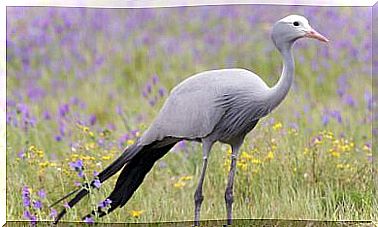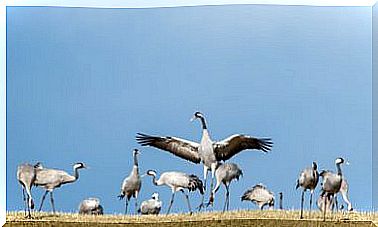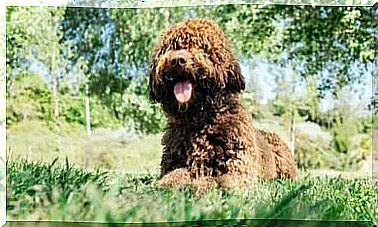Animals That Camouflage: Master Techniques
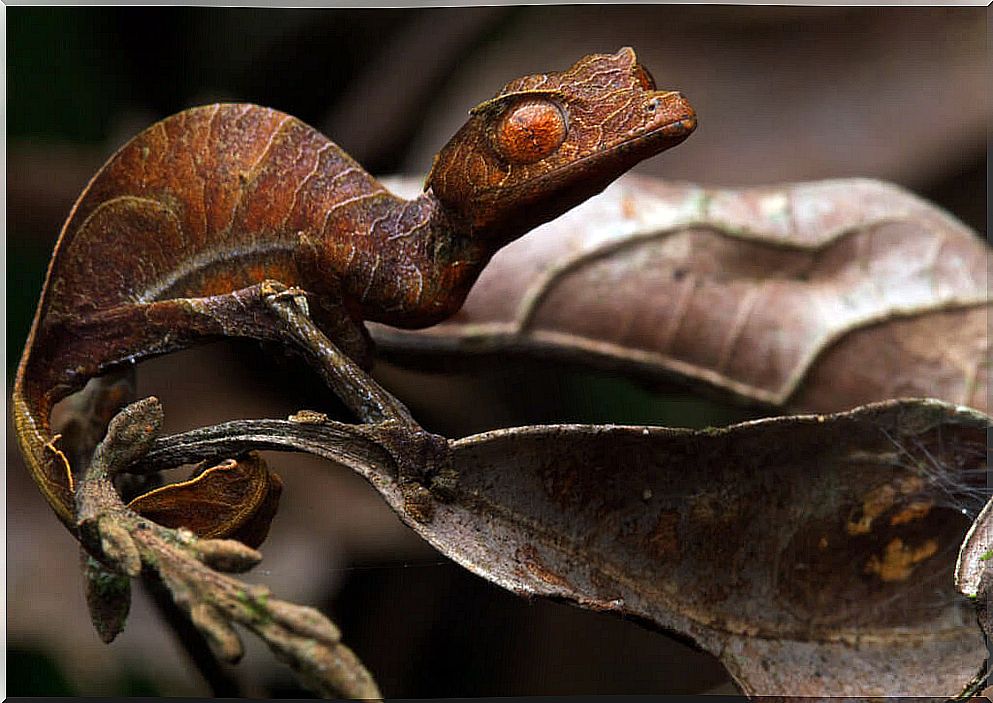
Humans wear clothes to adapt to every situation, but other living beings have an “Ace” up their sleeve: camouflage. In this article, we’ll talk about some animals that camouflage themselves and the master techniques they use. They are really amazing!
Animals that camouflage: how do they do it?
Camouflage, also called cryptsis, is a phenomenon that develops in some organisms so that they can go unnoticed by other animals. This technique can be based on 4 patterns:
-
Immobility
It’s the simplest way to hide from predators. Even the breathing rate is reduced. This helps, for example, to avoid being hunted by a reptile or amphibian that doesn’t recognize prey if they don’t move. At a “more advanced” level, some animals simulate the movements of other objects, such as a tree branch that sways in the wind.
-
Coloring

It is the most common way animals use to hide: acquiring the same color as the surrounding environment. In some cases they can change according to time and place (such as chameleons and cuttlefish) and in other cases some animals camouflage according to the time of year: the arctic hare has a white fur in winter and brown in the summer.
-
Standards
An animal’s skin type is usually related to the environment in which it thrives. In this way, it becomes difficult to be seen by both prey and predators. The most prominent examples in this case are tigers and zebras. However, they cannot change this pattern when they change ecosystems.
-
Other types of crypt
There is also the so-called non-visual cryptosis, which makes auditory or olfactory perceptions difficult. In the first case, we can talk about moths, which make sounds to confuse bats. In the second, we can mention the squid, which throws paint to deceive the fish.
professional experts
Without a doubt, the chameleon is one of the animals that can best camouflage itself on the face of the Earth. It has the ability to take on the color of a branch or leaf in a matter of seconds. Thanks to this assimilation of the environment, it can hunt its prey without being seen. Of course, he’s not the only one among animals that camouflage themselves. Meet other experts in this art below:

-
owl
The owl is a bird of prey more active at night and is covered with feathers, whose color adapts to its environment, especially trees. Therefore, they can rest on the branches without anyone being able to detect them with the naked eye.
-
Uroplatus phantasticus
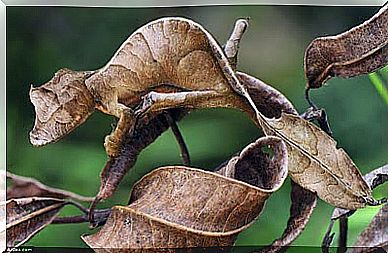
Also known as the satanic-leaf-tailed lizard, it is a reptile that lives among trees and leaves that fall to the ground, precisely because its body has a brown hue, similar in shape to the leaves. When he ‘s camouflaged among the rocks, there’s nothing to indicate that there’s an animal hiding there. Amazing!
-
stone fish
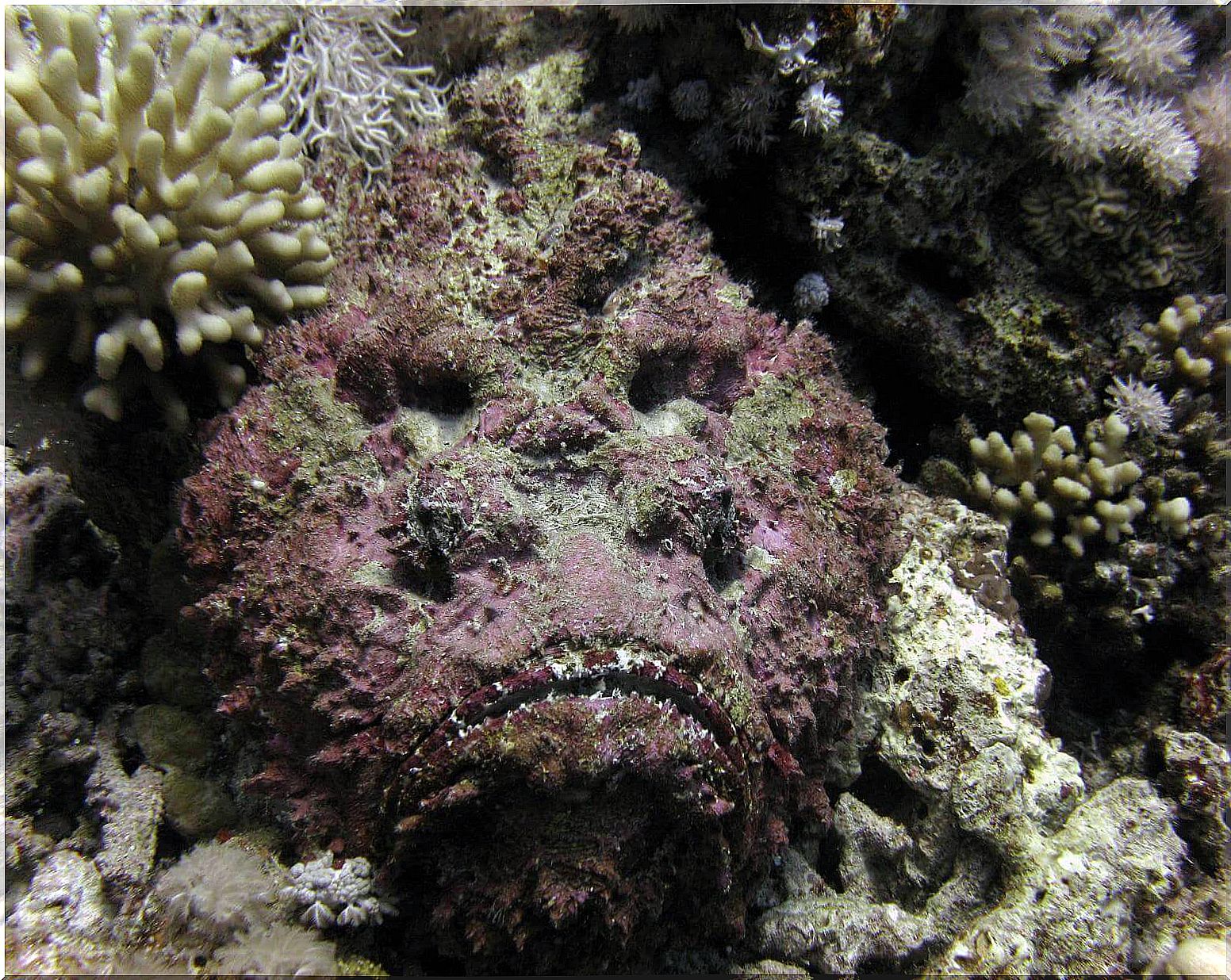
Some of the animals that camouflage also live in the sea. In this case, we are talking about the stone fish that, in addition to being one of the most poisonous beings in the world, is also a master in the art of camouflaging itself with the environment. It can stay in the same position for hours, among the rocks at the bottom of the sea. This way it is easier for him to feed.
-
stick insect
Nobody can deny that he is a professional in the art of camouflage. Its elongated and brownish body allows it to be confused with the stems of plants and thus it can live without major problems in shrubs and trees. During the day, they spend many hours hidden from predators. At night, they mate and feed.
-
ruffled moth
When we think of a moth, we probably imagine a very colorful insect, however, in this case, its wings resemble the brown leaves on trees. This is their way of escaping the beak or claws of the birds that feed on them.
-
Sepia
Again in the marine environment, this animal is a cephalopod that takes on the color of the place where it settles (such as the chameleon), be it sand, rock, coral, etc. How do they manage? Through a system in their cells that allows them to camouflage themselves in all environments.

